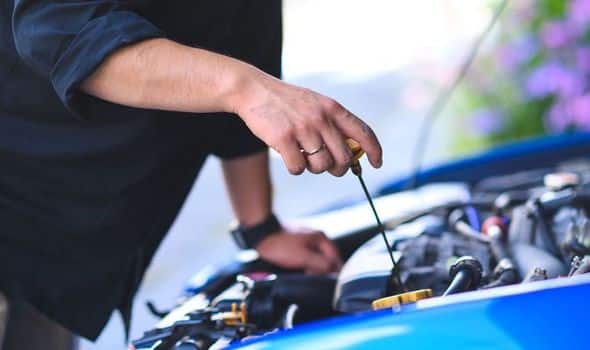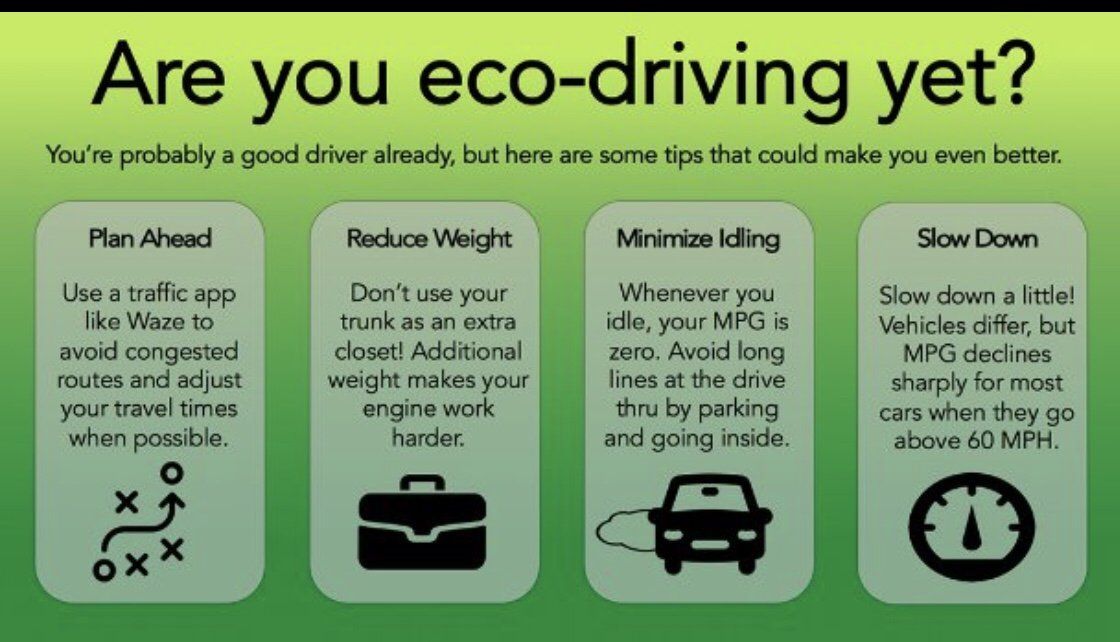
The Importance of Regular Car Maintenance
Regular car maintenance is essential for safe and efficient driving. Neglecting car maintenance can lead to costly repairs, breakdowns, or even accidents on the road.
Examples of common issues that can be prevented with regular car maintenance include worn-out brake pads, low tyre pressure, dirty air filters, and engine oil leaks. These issues may seem minor at first, but they can quickly escalate into major problems if left unchecked.
By investing in regular car maintenance services, you can ensure that your vehicle is always in top condition. Our experienced instructors can help with the basic checks ensuring that you know how to ensure your vehicle runs smoothly and safely on the road.
Understanding Your Vehicle’s Owner Manual
Understanding your vehicle’s owner manual is an essential aspect of responsible car ownership. The owner manual provides important information about your vehicle, including recommended service intervals, fluid types, and tyre pressure levels. Neglecting to read and understand the owner manual can lead to costly repairs or even accidents on the road.
To locate important information in the owner manual, start by reading the table of contents and index. Look for sections that cover routine maintenance tasks such as oil changes, tyre rotations, and brake inspections. Pay attention to any warning lights or messages that appear on your dashboard and consult the manual for guidance.
Keeping track of your vehicle’s service history using the owner manual is also crucial. This allows you to stay on top of routine maintenance tasks and identify any potential issues before they become major problems. Keep a record of all services performed, including the date, mileage, and type of service.
Checking Fluid Levels
To check the oil level, locate the dipstick under the bonnet, remove it, and wipe it clean with a cloth. Reinsert the dipstick and remove it again to cheque the oil level. The oil level should be between the minimum and maximum marks on the dipstick.
To check the coolant level, locate the coolant reservoir under the bonnet and check that the coolant level is between the minimum and maximum marks on the reservoir.
To check brake fluid level, locate the brake fluid reservoir under the hood and ensure that the fluid level is between the minimum and maximum marks on the reservoir.
Signs that indicate low fluid levels or other potential issues with these fluids include warning lights on your dashboard, unusual noises or vibrations while driving, or poor performance of your vehicle.
Checking fluid levels regularly is essential for safe and efficient driving by following simple steps to cheque these fluids yourself or having a professional mechanic like perform routine cheques during scheduled maintenance services, you can prevent costly repairs or accidents on the road.
Tyre Care Rotation, Alignment & Pressure checks
Proper tyre care is crucial for safety while driving. Tyres that are not well-maintained can lead to accidents, reduced fuel efficiency, and costly repairs. Therefore, it’s important to follow manufacturer recommendations on how often tyres should be rotated, aligned, and have their pressure checked.
For most vehicles, tyres should be rotated every 5,000 to 7,500 miles to ensure even wear. Alignment should be checked once a year or if you notice your vehicle pulling to one side while driving. Tyre pressure should be checked regularly, at least once a month using a tyre pressure gauge.
Signs that indicate it’s time for new tyres or if there are any issues with current ones include uneven wear patterns, low tread depth, cracks in the sidewall or tread, and vibration while driving.
Battery Maintenance Cleaning Terminals & Replacing Batteries When Necessary
Proper battery maintenance is essential, especially during cold weather months. Cold temperatures can drain your battery’s power and make it difficult to start your vehicle. Therefore, it’s important to periodically clean your battery terminals using a wire brush and cleaner solution to remove any corrosion buildup.
To clean the terminals, first, disconnect the negative cable from the battery. Then, use a wire brush to scrub away any corrosion on the terminals. Apply a cleaner solution to dissolve any remaining build-up. Rinse the terminals with water and dry them thoroughly before reconnecting the cables.
Indicators that suggest a need for replacing an old or bad battery include slow engine cranking, dimming headlights, and an illuminated battery warning light on your dashboard. If you notice any of these signs, it’s best to have your battery checked by a professional mechanic.
Having a professional mechanic perform routine battery maintenance cheques can help prevent unexpected breakdowns and ensure your vehicle starts reliably.
Brake System Maintenance Inspection, Repair & Replacement
Proper brake system maintenance is essential for safe driving. Signs that indicate potential issues with brakes include squeaking or squealing sounds, soft pedal feel, or the vehicle pulling to one side when braking. It’s important to have your brakes inspected regularly by a professional mechanic.
Steps involved in inspecting, repairing, and replacing brake components like pads, discs, and callipers include removing the wheels, inspecting the brake pads for wear, checking the discs for damage or warping, and examining the callipers for leaks or damage. Depending on the severity of the issue, repairs may involve replacing one or more components or simply adjusting them.
Engine Air Filter Care Cleaning & Replacing
Proper engine air filter care is essential for optimal fuel economy and reduced emissions. Over time, the air filter can become clogged with dirt and debris, reducing airflow to the engine and decreasing performance. It’s important to periodically clean or replace your engine air philtre according to manufacturer recommendations.
To clean the philtre, remove it from the housing and use compressed air to blow out any loose debris. If the filter is excessively dirty or damaged, it should be replaced with a new one.
Warning signs that indicate it’s time for a new air filter or if there are any issues with the current one include decreased acceleration, reduced fuel efficiency, and an illuminated cheque engine light on your dashboard.
Exterior Car Care Washing, Waxing & Paint Protection
Exterior car care is not just about keeping your vehicle looking good, but it also plays a crucial role in protecting your car’s paintwork from UV rays, fading, chipping, and corrosion. Regular washing and waxeing of your car can help maintain its value and extend its lifespan.
The frequency of washing and waxing your car depends on various factors such as weather conditions, location, driving habits, and the type of environment you park your vehicle in. In general, it’s recommended to wash your car every two weeks and waxing it every three months.
To protect your paintwork further, you can use products like ceramic coatings, paint sealants, or car covers. Ceramic coatings are highly durable and provide long-lasting protection against UV rays, scratches, and water spots. Paint sealants are easy to apply and provide an extra layer of protection against environmental contaminants. Car covers can protect your vehicle from the elements when parked outside.
Interior Car Care Cleaning, Vacuuming & odour Removal
Keeping the interior of your car clean and free from debris, dirt, and pet hair is crucial not only for aesthetic purposes but also for maintaining a healthy environment inside your vehicle. Regular cleaning and vacuuming of different parts of the interior such as seats, carpets, and dashboard can help remove dust, grime, and other particles that can cause allergies or respiratory problems.
To clean the interior of your car, start by removing any rubbish or clutter from the seats and floor. Then, use a vacuum cleaner with attachments to clean the carpets and seats thoroughly. For hard surfaces like the dashboard, use a microfibre cloth and an all-purpose cleaner to wipe away any dirt or grease.
If you notice any unpleasant odour or mould growth inside your car, you can use products like air fresheners, odour eliminators, or cleaning solutions to remove them. It’s important to address these issues promptly to prevent them from becoming more severe.
Emergency Preparedness Spare tyres, Tools & First Aid Kits
Emergencies can happen at any time while driving, and it’s important to be prepared for them. Keeping essential items in your car such as a spare tyre, jack, wrench, toolkit, and first aid kit can help you deal with common issues like flat tyres or minor accidents.
To use these tools effectively in case of an emergency situation, it’s important to familiarise yourself with them beforehand. Make sure you know how to change a tyre and use the jack and wrench properly. Keep your toolkit organised and easily accessible in case you need to make any quick repairs.
A well-stocked first aid kit can also be crucial in case of injuries.



